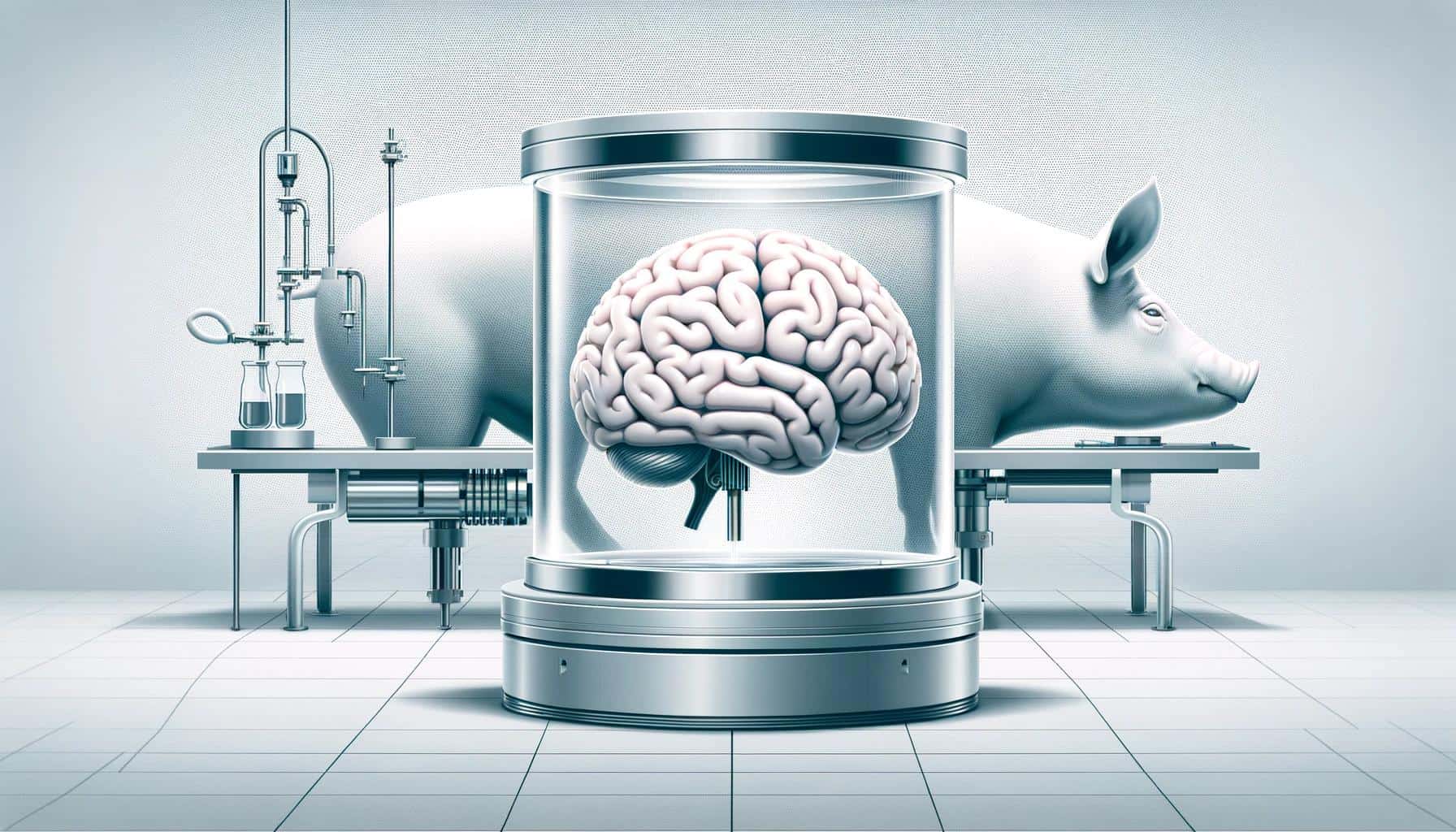
A common motif in science fiction is the ‘brain in a vat’. In such a scenario, a person’s brain is suspended in a life-sustaining vat and connected to a supercomputer that provides it with electrical impulses identical to those it would receive were it inhabiting a real, physical body. The brain, thus deceived, experiences a simulated reality indistinguishable from the real thing.
The brain in a vat is an interesting thought experiment meant to probe and challenge our understanding of consciousness — or even, dare I say it, the very notion of ‘truth’ — and how it may intersect in the future with technology. However, more recently, this concept has crossed outside of the realm of philosophy. Neuroscientists and engineers are increasingly adept at interfacing the human brain with computers, leading to breakthroughs in prosthetics and brain-computer interfaces (BCIs) controlled by a patient’s thoughts. Then there’s a whole AI thing, which simulates neural networks within computers.
But what scientists at the University of Texas (UT) Southwestern Medical Center recently did took it a step further.
The real-world brain in a vat
For the first time, a pig’s brain was kept alive outside of its body for a full five hours. Blood carrying vital oxygen was kept circulating through the isolated brain using a so-called extracorporeal pulsatile circulatory control (EPCC) device.
“This novel method enables research that focuses on the brain independent of the body, allowing us to answer physiological questions in a way that has never been done,” said Dr. Juan Pascual, study leader and a Professor of Neurology, Pediatrics, and Physiology at the Eugene McDermott Center for Human Growth and Development at UT Southwestern.
This device not only paves the way for studying the human brain without the interference of other bodily functions but could also inspire the design of more sophisticated cardiopulmonary bypass machines that mimic natural blood flow to the brain more closely.
The brain, being the control center for numerous bodily processes such as heart rate, breathing, and the sleep-wake cycle, is significantly influenced by various physiological factors like blood sugar, blood pressure, and oxygen levels. Developing a device that can isolate the brain from these bodily influences is a monumental step forward.
By redirecting the brain’s blood supply through a pump that can regulate variables including pressure, volume, temperature, oxygenation, and nutrients, the researchers have managed to maintain stable brain activity over extensive periods. This isolation allows for precise manipulation of inputs to the brain, facilitating a clearer understanding of how these inputs affect brain function without the body’s interference.
For instance, Dr. Pascual and his team have leveraged this technology to gain insight into the effects of hypoglycemia on the pig brain, free from the body’s compensatory mechanisms. This approach provides, in theory at least, a more accurate understanding of how changes in glucose levels directly influence brain activity.
Moreover, the device employs a pulsative flow of blood, mimicking the human heart more closely than current cardiopulmonary bypass machines. This method could potentially mitigate the brain-related side effects often associated with these machines. With a patent in place, the device is poised for further testing to evaluate its effectiveness in clinical settings.
Not as strange as it sounds
This isn’t the first time an animal’s brain has been isolated outside of its body. One of the earliest experiments was performed in 1857 when French physician Charles-Édouard Brown-Séquard decapitated a dog and then, ten minutes later, attached four rubber tubes to the arterial trunk of the severed head, through which he injected oxygen-rich blood. A few minutes later, movements of the eyes and muscles resumed.
In an even more outlandish experiment, American neurosurgeon Robert J. White isolated the brain from one monkey and attached it to the circulatory system of another animal. Weirdly enough, because White strongly believed that the brain is the home of the spirit, he called the procedure a total body transplant. White dreamed that someday this kind of procedure would allow para- and quadriplegics, whose bodies tend to fail prematurely, the option of extending their lives through the operation.
The rhesus monkey remarkably survived for eight days. During this time, it could see, smell, and move its mouth, but the monkey could never control its new, foreign body. As is still the case today, there was no way to reconnect the monkey’s head to the hundreds of millions of nerves in a severed spinal cord.
With these latest findings though, the mad idea that a person could inhabit a foreign body is brought back into public discourse. This was by no means one of the study’s objectives, but it sure does allude to the possibility. One can only wonder: are humans next?
The findings were reported in the journal Scientific Reports.









